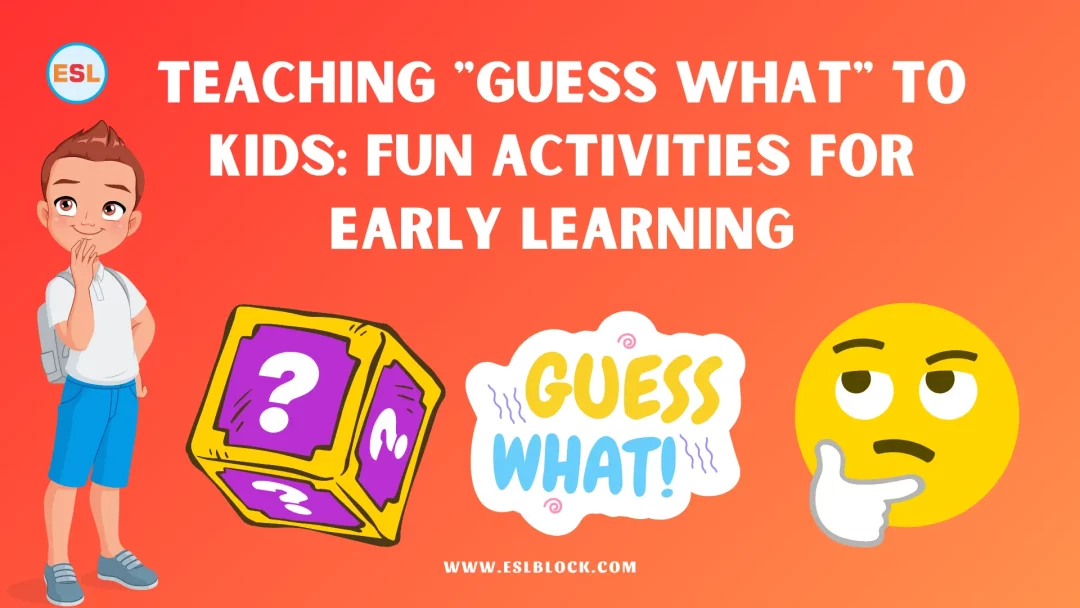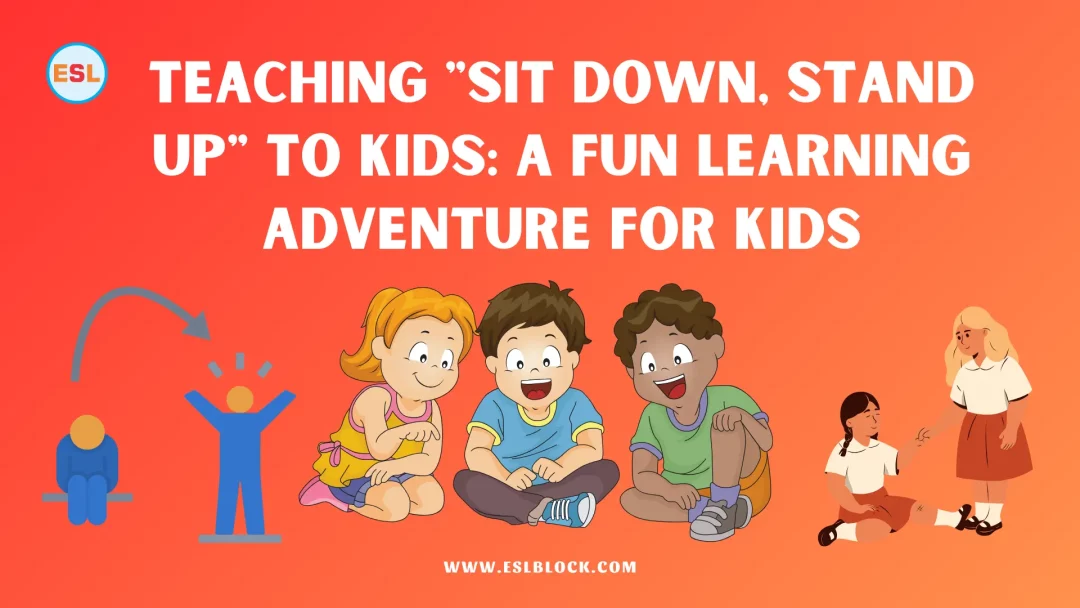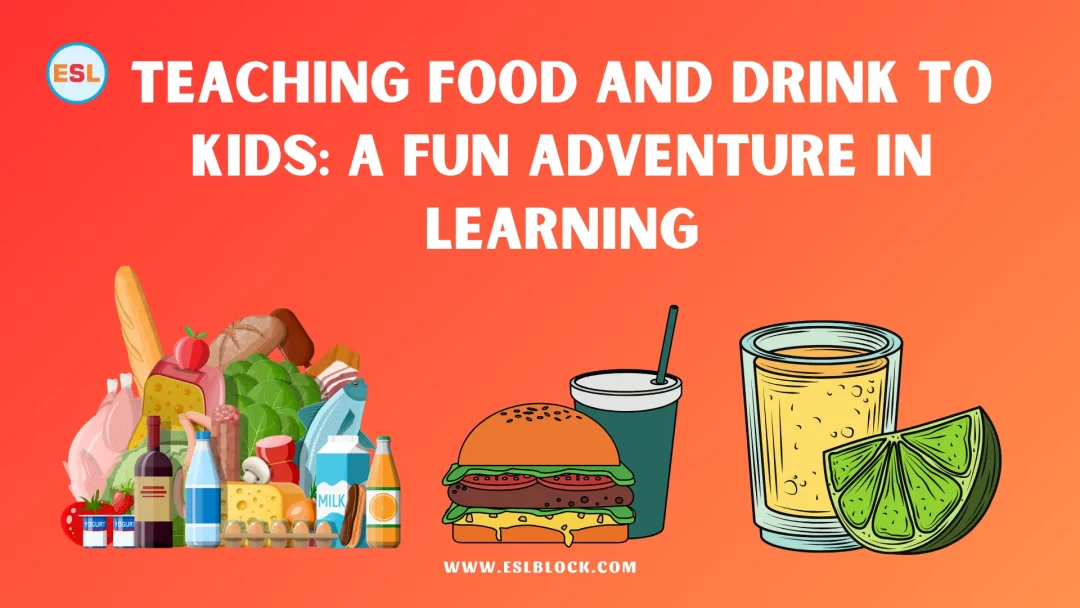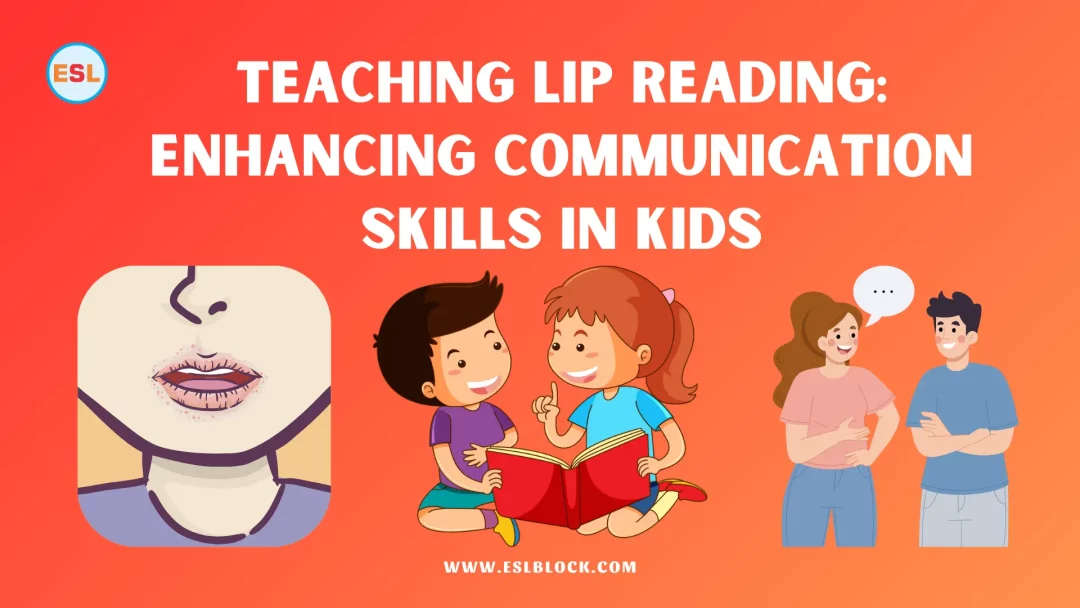Teaching “How Are You Today?” to Kids with Engaging Activities

![]()
Hello, I’m Sophia. In this article, I will teach children about How are you today?. Let’s explore various ways to express the concept of “fine or great” through activities.
Teaching young children to express their feelings and inquire about others’ well-being is a crucial social skill. The phrase “How are you today?” provides a foundation for emotional intelligence and empathy. Here are some engaging activities and examples to help grade one students understand and use this expression effectively.
All of these activities about teaching “How are you today?” have been thoroughly verified using reputable sources to ensure their authenticity before being included. Source: Your Info Master.
Read also: Types of Donkeys | A Comprehensive Guide
Engaging Activities for Teaching Kids About How are you today?
1. Emotion Charades
Play charades where children act out different emotions. After each round, ask, “How are you feeling today?” Encourage them to respond using vocabulary like happy, sad, or excited.
2. Emotion Chart
Create a chart with various emotions illustrated through facial expressions. Each day, ask students to point to the face that represents their current mood. Discuss why they feel that way.
3. Feelings Journal
Provide journals where children draw or write about their emotions daily. After journaling, they can share their feelings with a partner, practicing the phrase, “How are you today?”
4. Emotion Masks
Craft masks displaying different emotions. Children wear these masks and, in pairs, ask each other, “How are you today?” They can respond based on the emotion depicted on their mask.
5. Storytelling with Emotions
Read stories featuring characters with diverse emotions. Pause at emotional moments and ask students how they think the character feels. Encourage them to use the phrase to express their thoughts.
6. Feeling Board Game
Create a board game where players express emotions based on the scenarios they land on. When a player lands on a space, they say, “How are you today?” and share a corresponding emotion.
7. Daily Check-In Circle
Begin the day with a circle time where each child shares how they feel. They can use a feelings chart to identify their emotion and practice saying, “How are you today?” in context.
8. Feelings Song
Compose a simple song about different emotions. Singing the song daily helps children associate emotions with words, making it easier for them to express their feelings.
9. Role-Play Scenarios
Act out scenarios where students encounter various emotions, like sharing a toy or losing a game. After each scenario, discuss feelings and practice the phrase, “How are you today?”
10. Gratitude Journal
Introduce a gratitude journal where students write about positive experiences. Encourage them to share their entries with a partner, including how these experiences make them feel today.
Example Sentences with, How are you today?
Here is a list of example sentences with, How are you today?:
- Hi, how are you today?
- I am good, thank you!
- I feel happy today!
- How are you today, friend?
- I’m fine and ready to learn!
- I feel great because it’s sunny!
- Hi there, how are you today?
- I am excited for recess!
- How are you today, teacher?
- I feel a little sleepy, but good!
- Hello, how are you today?
- I’m feeling great today!
- I’m fine, thank you. How about you?
- I feel happy because I played with my friends.
- I’m a little sad because my favorite toy broke.
- Today, I am excited about our art class!
- I feel proud because I helped my teacher.
- I’m feeling calm after listening to a story.
- I’m not feeling well today; I have a little tummy ache.
- I feel grateful for my family and friends today.
Read also: Achievement Definition, Meaning, Synonyms, Antonyms, Sentences
Conclusion
By incorporating these activities and examples into the classroom, educators can help grade one students not only understand the phrase “How are you today?” but also develop empathy, emotional awareness, and effective communication skills.
If you found the teaching activity about “How are you today?” helpful, please consider sharing it with your friends via email or on social media platforms like Pinterest, Twitter, Instagram, or Facebook. Thank you very much!
Did you do the “Teaching fine or great” activity? If yes, which part did you like the most? Please tell us in the comments below!
Recap of what we just learned
- Introduction
- Engaging Activities for Teaching Kids About How are you today?
- Example Sentences with How are you today?
Related Articles
Here are some more articles for you!
- Teaching “Matching the Halves” to Kids: Engaging Activities and Examples
- Fun and Memorable English Family Picnic Activity
- Teaching Family Members to Kids: Fun and Engaging Activities
- Halloween Costumes for Horses | A Comprehensive Guide
- Admin Definition, Meaning, Synonyms, Antonyms, Sentences
- Additionally Definition, Meaning, Synonyms, Antonyms, Sentences
- Action Definition, Meaning, Synonyms, Antonyms, Sentences
- Acknowledge Definition, Meaning, Synonyms, Antonyms, Sentences






